Both crop rotation and cropping sequence (the order in which grains and oilseeds are grown) are important considerations that must be evaluated. There are some substantial benefits and drawbacks to…
Read moreCropping sequence
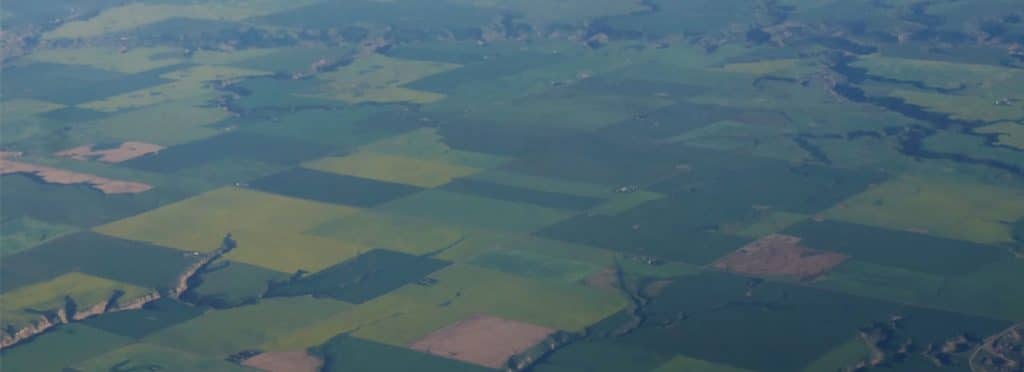
Canola Council Encyclopedia Entry

Both crop rotation and cropping sequence (the order in which grains and oilseeds are grown) are important considerations that must be evaluated. There are some substantial benefits and drawbacks to…
Read more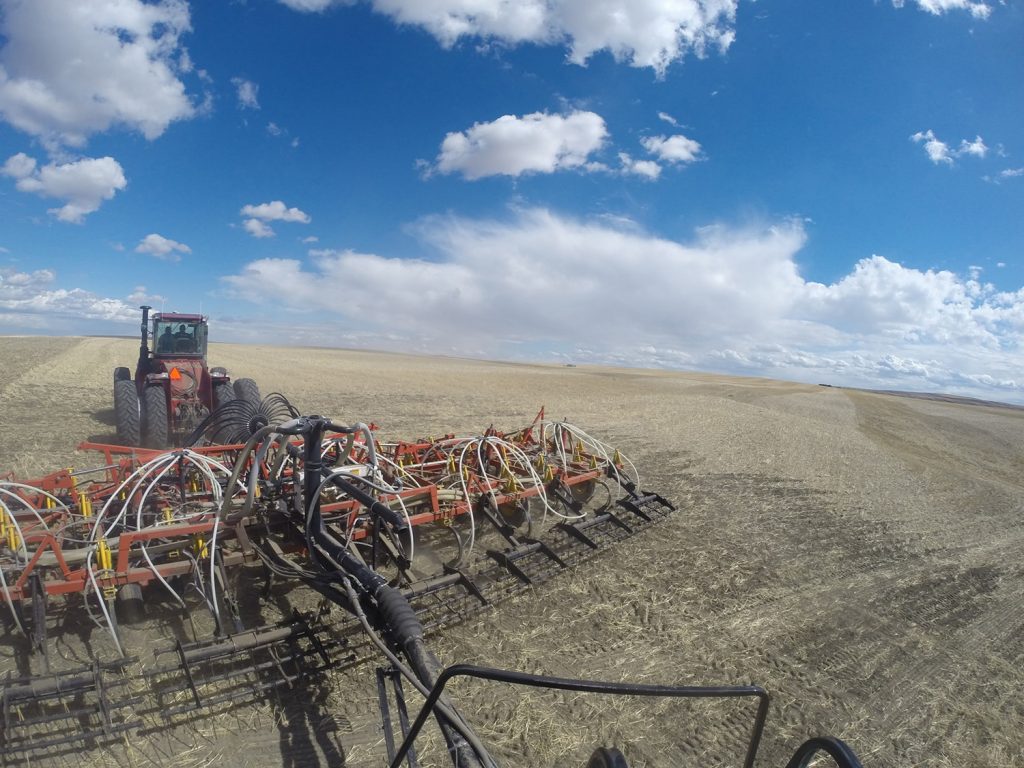
The wide range of soil characteristics, residue levels and cultural practices across the Prairies likely corresponds to the evolution of tillage practices, implements, seeding systems and seed openers. Producers across…
Read more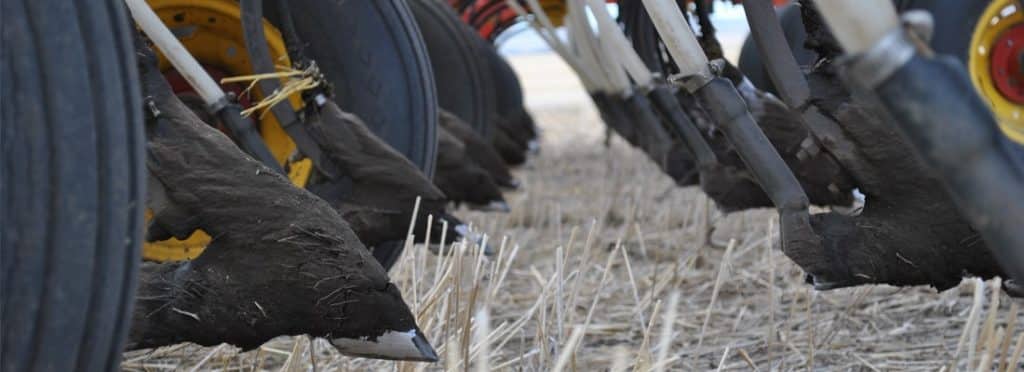
Acidity, salinity and solonetzic soil characteristics can be major limiting factors in canola production. When severe, they can affect soil health and visibly impact crop growth. When less severe, effects…
Read more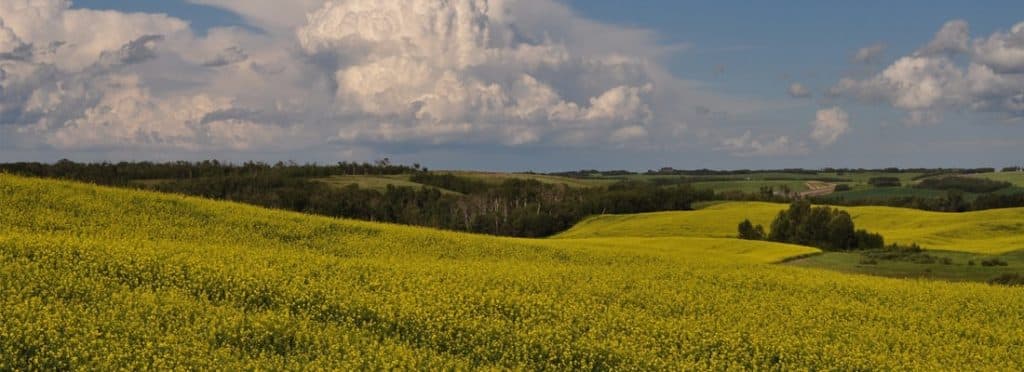
Diversified crop rotations can have many benefits, especially with insect and disease management. A two- or three-year break between canola crops will significantly reduce viable spore counts for clubroot and…
Read more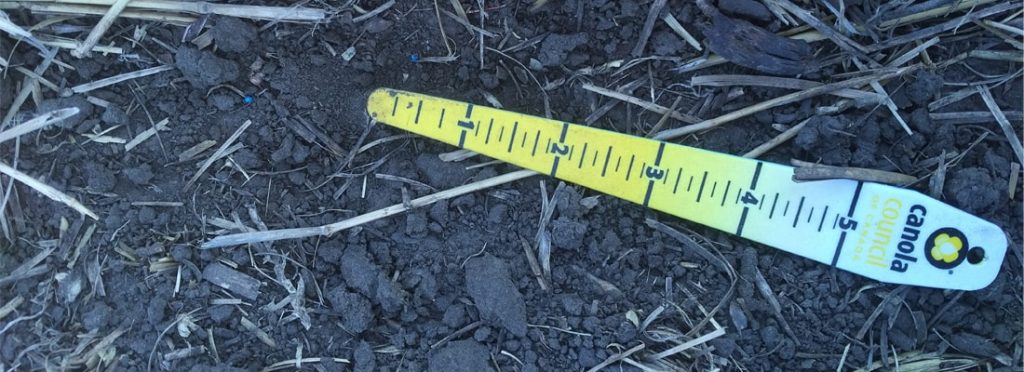
Environmental parameters, such as soil, water and climatic conditions, along with management strategies, such as crop sequence, rotation and tillage options have major impacts on each field of canola. The…
Read more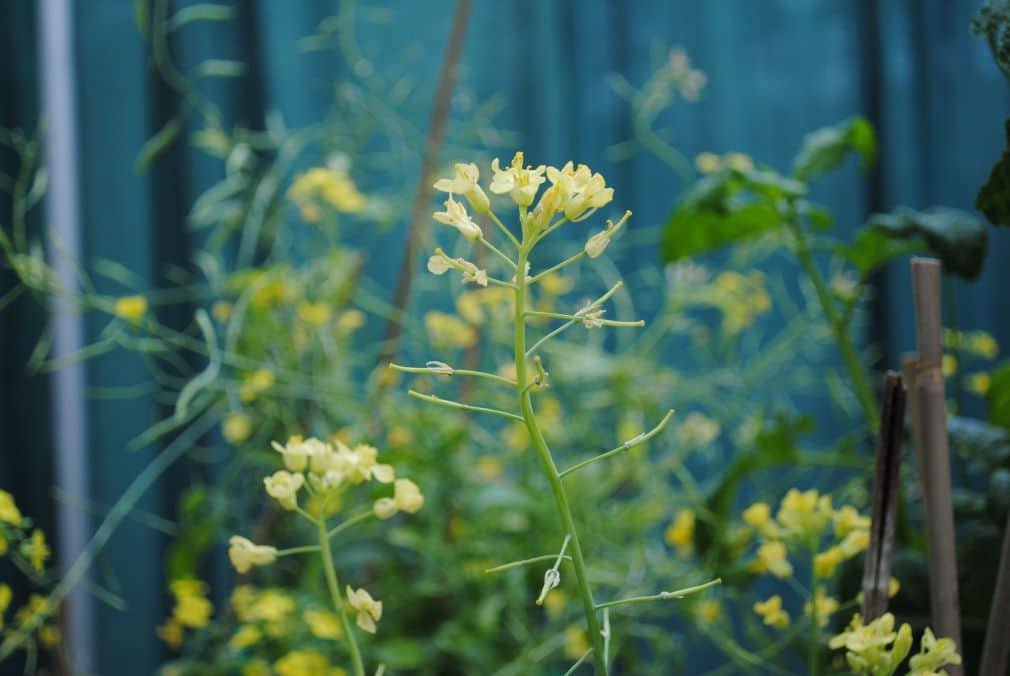
Micronutrients are those nutrients required in extremely small quantities (less than 100 parts per million in plant dry weight). Unfortunately, the basic functions of micronutrients are less understood than macronutrients.…
Read more